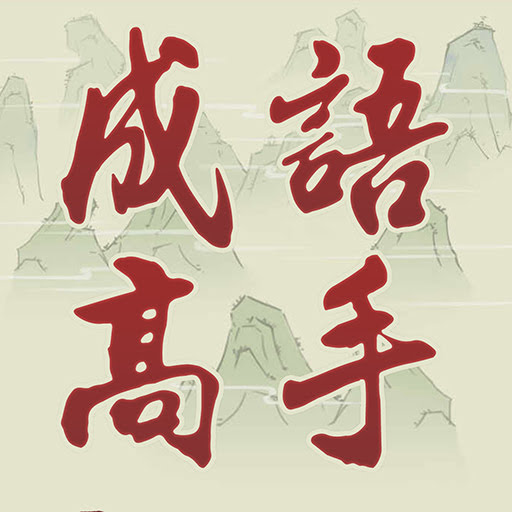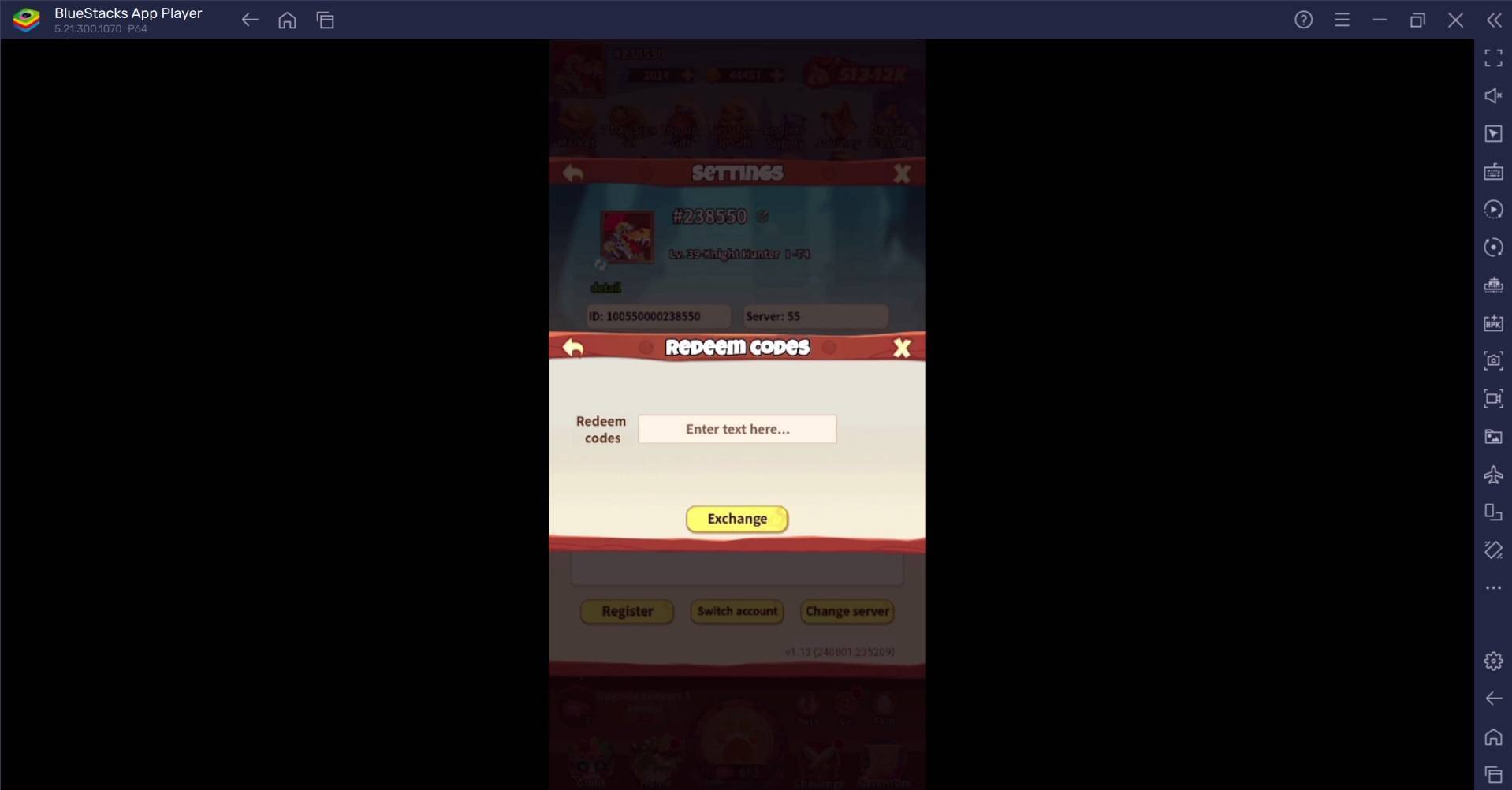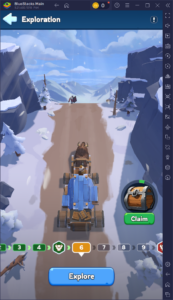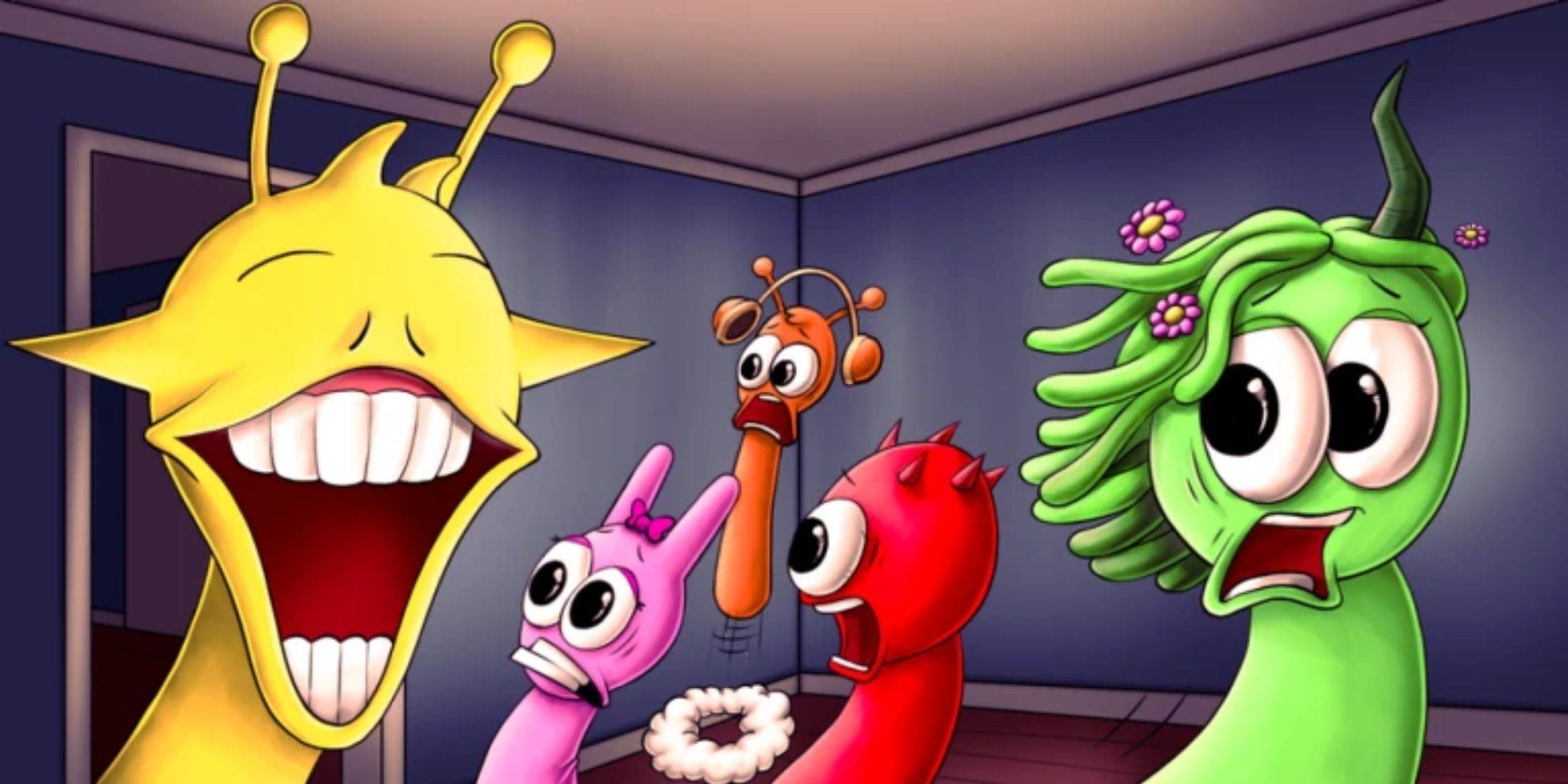Exploring the Fiery Depths: Unveiling Monster Hunter Wilds' Oilwell Basin
Monster Hunter Wilds introduces a captivating new locale: the Oilwell Basin, a dynamic environment teeming with unique life and challenging monsters. Unlike the sun-drenched plains and forests of previous entries, this location presents a stark, yet vibrant, ecosystem fueled by geothermal energy.
The Oilwell Basin's landscape shifts dramatically depending on the environmental cycle (Fallow, Inclemency, and Plenty). During the Fallow and Inclemency, the basin is a viscous expanse of oil and mud, while the Plenty reveals a landscape rich in minerals and microorganisms, hinting at the remnants of an ancient civilization buried beneath. This cyclical change profoundly impacts the Basin's inhabitants.
Kaname Fujioka, Art Director and Executive Director, describes the Oilwell Basin's design: "We created a vertically connected area, contrasting with the horizontally expansive previous locales. The environment changes subtly between the upper, middle, and lower strata, with sunlight reaching the top and increasing heat and volcanic activity deeper down."
Yuya Tokuda, Director of both Monster Hunter: World and Wilds, expands on the ecosystem: "From the middle to bottom strata, you'll find creatures reminiscent of deep-sea or underwater volcano life. We leveraged our experience from the Coral Highlands in World to build this unique ecosystem."
New Monsters: Rompopolo and Ajarakan
The Oilwell Basin introduces two formidable new monsters:
-
Rompopolo: This globular, toxic creature, inspired by the concept of a "mad scientist," utilizes stored toxic gas to wreak havoc. Its unusual design and surprisingly cute Palico equipment add a unique flair.
-
Ajarakan: Resembling a flaming gorilla, Ajarakan boasts a powerful, straightforward fighting style. Its attacks utilize its immense strength and the fiery environment, culminating in impressive, visually striking moves. Its design emphasizes readily understood strength, contrasting with more complex monster designs.






The Apex Predator: Nu Udra
Reigning supreme over the Oilwell Basin is Nu Udra, a colossal, flame-covered cephalopod. Its design, inspired by octopuses, features a striking silhouette and ambiguous facial features. Its movements are fluid and unsettling, echoing past tentacled monsters like Lagiacrus from Monster Hunter Tri. The team's long-held desire to create a truly mobile tentacled monster finally comes to fruition in Wilds, thanks to advancements in game technology.

Nu Udra's attacks are diverse, utilizing its tentacles for both focused strikes and area-of-effect attacks. Its sensory organs, located at the tips of its tentacles, glow to indicate its targets, adding a strategic layer to combat. The monster's many tentacles present a unique challenge, requiring hunters to carefully observe its movements and exploit its vulnerable points. All ground-touching tentacles are severable, altering its attack patterns and yielding valuable materials.





The Return of Gravios
The Oilwell Basin also welcomes back a familiar face: Gravios, last seen in Monster Hunter Generations Ultimate. Its hard, rocky carapace and heat-emitting properties make it a perfect fit for this fiery environment. The developers aimed to present Gravios as a challenging late-game encounter, requiring hunters to strategically exploit its weaknesses and utilize the wound system to overcome its formidable defenses.
The inclusion of Gravios, and the exclusion of Basarios, highlights the team's careful consideration in selecting returning monsters, ensuring they fit seamlessly into the game's design and offer a unique challenge. The Oilwell Basin promises a thrilling hunting experience, filled with diverse monsters and a dynamically changing environment.





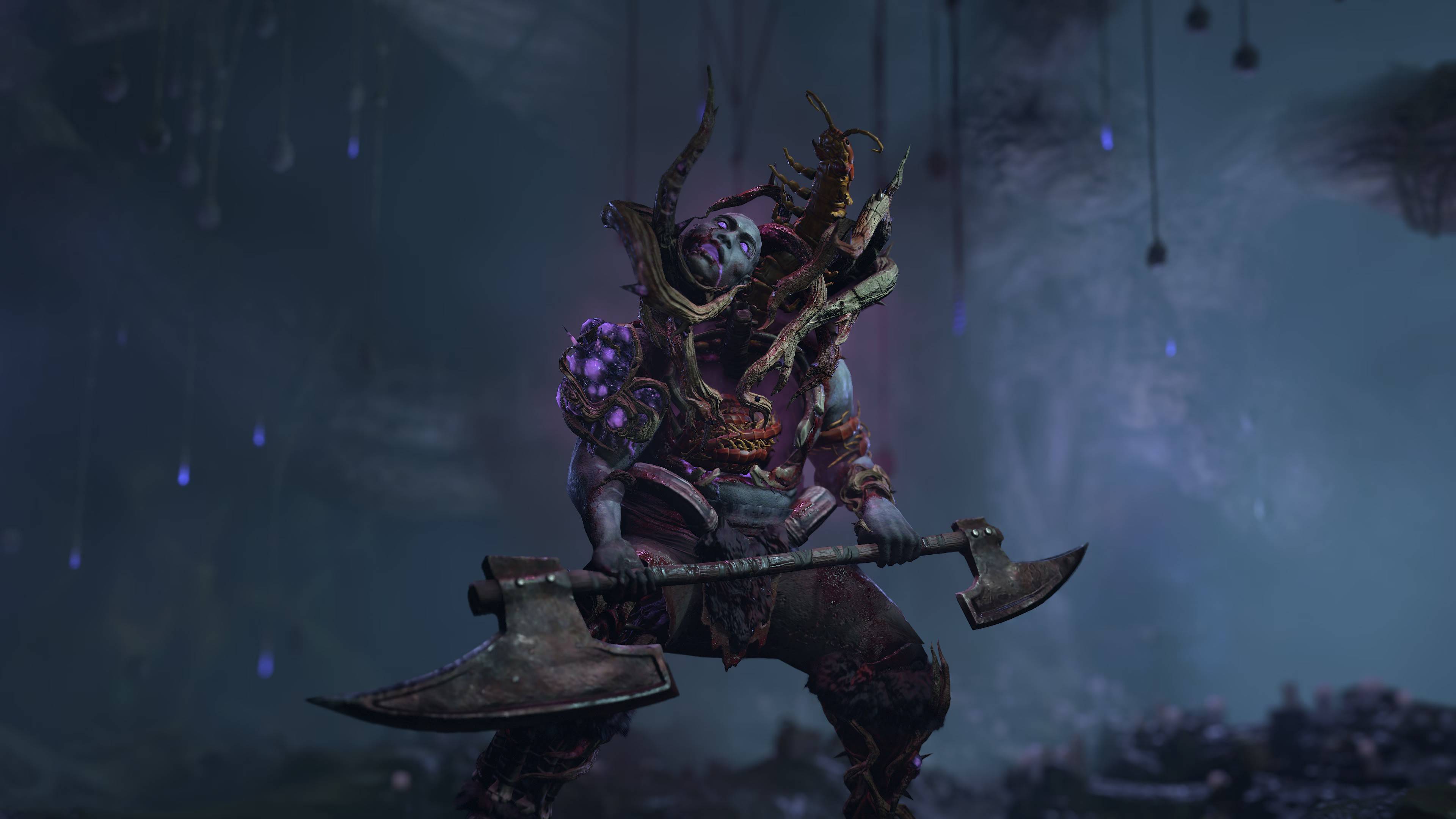
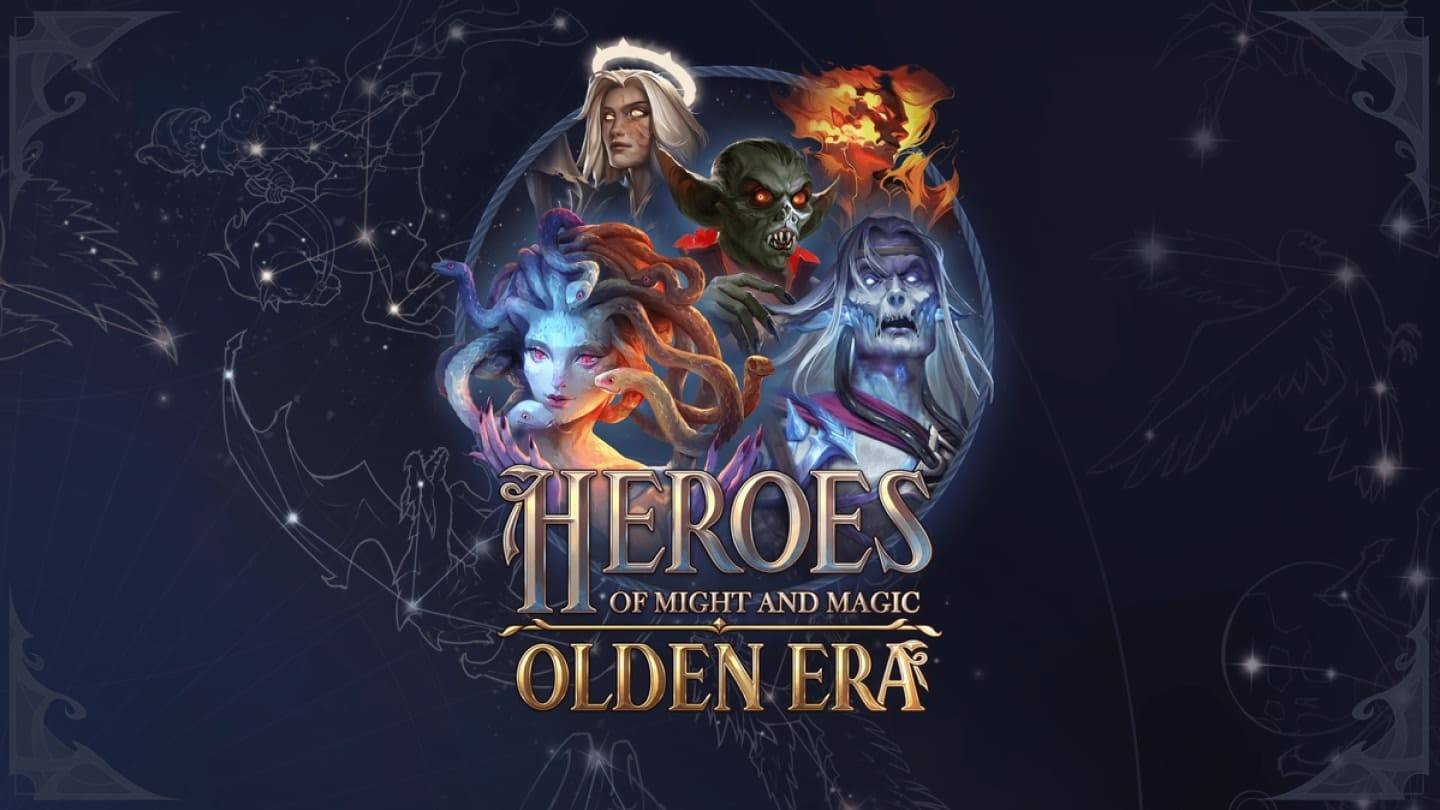

![Taffy Tales [v1.07.3a]](https://imgs.xfsxw.com/uploads/32/1719554710667e529623764.jpg)




